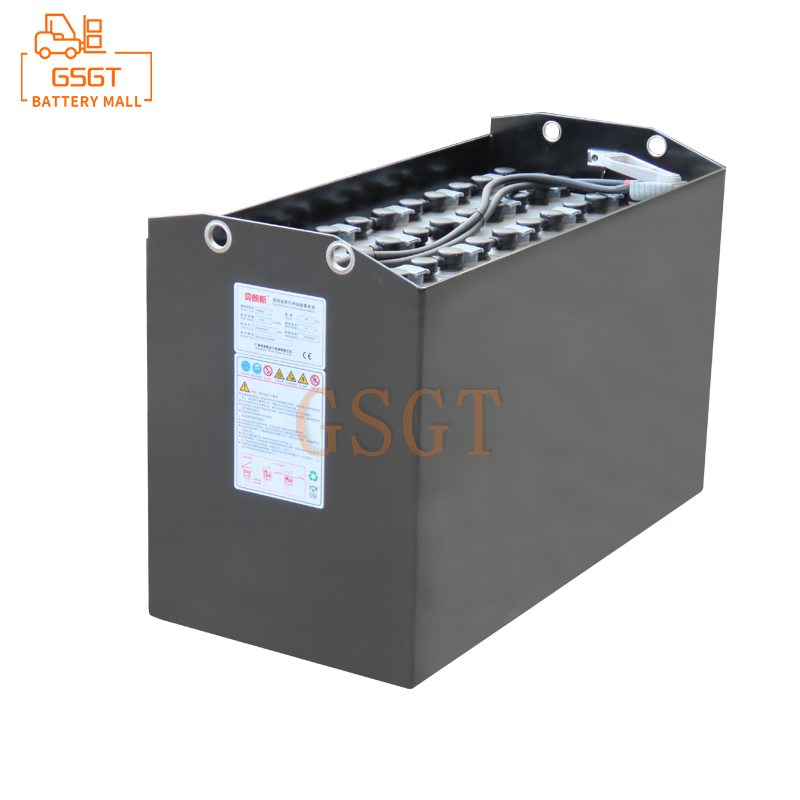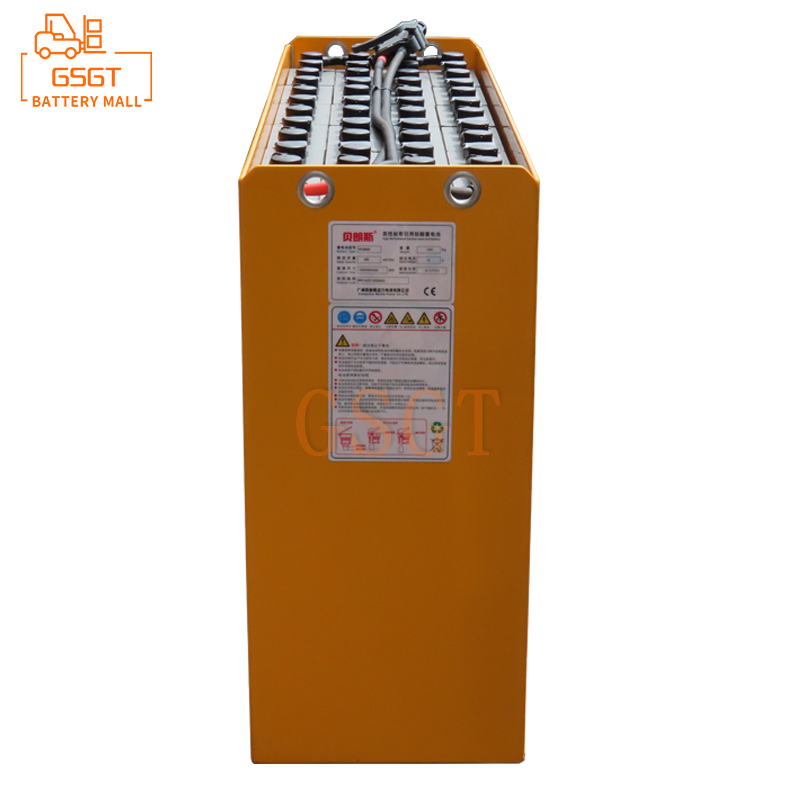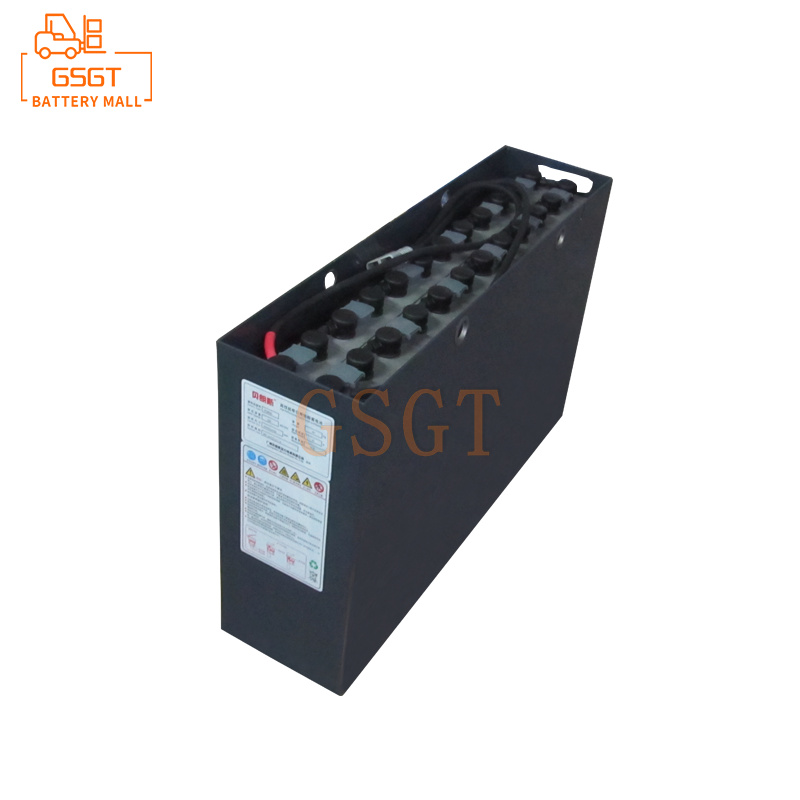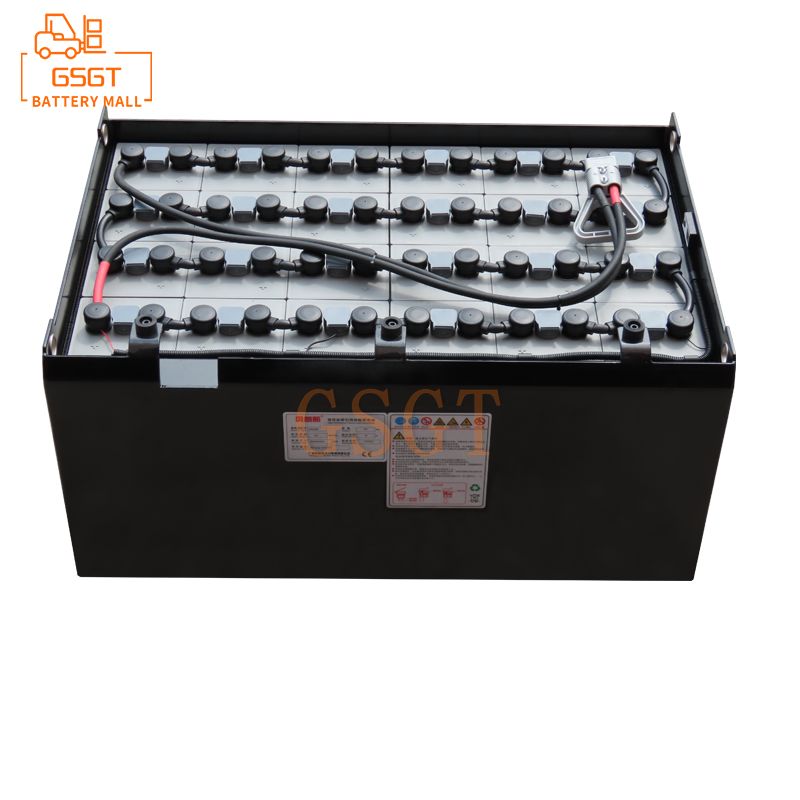Time:2025-03-27 16:37:11
Browse:478
In the context of the global energy transition, the importance of energy storage power stations is increasing as a key facility to balance energy supply and demand and improve the stability of the power system. With the advantages of mature technology and relatively low cost, lead-acid batteries occupy an important position in the field of energy storage power stations. However, to make the most of its effectiveness, it is essential to delve deeper into cost-effectiveness and life management.
Cost-benefit analysis of lead-acid batteries in energy storage power stations
### Initial investment cost
From the perspective of procurement cost, lead-acid batteries are much more affordable than some new energy storage batteries, such as lithium batteries. Taking the common 12V lead-acid battery as an example, the market price is usually in the thousands of yuan, and the same specifications and performance of lithium iron phosphate batteries, the price may be 20-30% higher. In the construction of large-scale energy storage power stations, equipment procurement costs are a huge expenditure, and lead-acid batteries have obvious advantages in this regard, which can effectively reduce the initial capital investment pressure.
In the installation and commissioning process, the lead-acid battery technology is mature, the installation process is relatively simple, and the professional equipment and labor costs are low. Its supporting facilities, such as charge and discharge management systems, also have low R&D and production costs, further reducing the overall initial construction costs of energy storage power stations.
### Operation and maintenance costs
During the operation of lead-acid batteries, the requirements for ambient temperature and humidity are relatively low. Common temperature control and dehumidification equipment can meet the requirements and reduce the cost of environmental control. Moreover, its maintenance technical threshold is low, technical personnel can get started after simple training, and human maintenance costs are not high.
However, lead-acid batteries exist self-discharge phenomenon, although the self-discharge rate is relatively stable, but in long-term energy storage applications, the accumulation of power loss can not be underestimated, which increases the operating cost to a certain extent. In addition, frequent deep charging and discharging will accelerate the aging of the battery and shorten the service life. In order to ensure stable performance, maintenance operations such as balanced charging need to be carried out regularly, which will also generate additional costs.
### Long-term use benefit
Although the lower energy density of lead-acid batteries means that the storage of the same amount of electricity needs to occupy more space and heavier mass, in areas where the peak and valley price difference is obvious, the use of lead-acid batteries to store energy, charge during the low period, discharge during the peak period, through the price difference arbitrage, can obtain considerable benefits. For example, the peak-valley electricity price difference in a region reaches 0.8 yuan/degree, a power station equipped with 1000kWh lead-acid battery energy storage system, if the charge and discharge once a day, assuming that the charge and discharge efficiency is 80%, the monthly income can be achieved 19,200 yuan (1000×0.8×0.8×30), in the long run, the economic benefits are significant.
At the same time, in areas with unstable power supply, lead-acid battery energy storage power stations can be used as backup power supplies to ensure the normal operation of key equipment, avoid production stagnation and equipment damage caused by power outages, and bring indirect economic benefits that are inestimable.
Life management strategy of lead-acid battery in energy storage power station
### Charge and discharge management
Avoiding excessive charge and discharge is the key to prolong the life of lead-acid battery. Overcharging will cause the battery plate to produce a large number of bubbles, accelerate water loss and plate corrosion; Excessive discharge will lead to vulcanization of the plate and increase of internal resistance. Therefore, it is necessary to accurately set the charge and discharge cut-off voltage and current. In general, the charge cut-off voltage of the lead-acid battery is 14.4-14.8V, and the discharge cut-off voltage is 10.5-11.0V.
It is also important to use the appropriate charge and discharge method. Constant current charging can make the battery evenly accept electricity, but it may cause overcharge in the later stage; Constant voltage charging can avoid overcharging, but the initial current is too large. In practical application, the compound charging mode of constant current and then constant voltage is often used, which can ensure the charging efficiency and prevent overcharging. When discharging, try to keep the discharge current stable and avoid the impulse current, which can be accurately controlled through the advanced charge and discharge management system.
### Temperature control
The best working temperature of the lead-acid battery is about 25℃, the temperature is too high, the chemical reaction inside the battery is accelerated, the water loss is intensified, the plate corrosion is accelerated, and the life is greatly shortened; The temperature is too low, the viscosity of the electrolyte increases, the ion diffusion rate slows down, the battery capacity decreases, and the internal resistance increases.
In an energy storage power station, temperature control devices such as air conditioners and ventilation and heat dissipation must be installed to control the ambient temperature of batteries within a reasonable range. When the temperature is too high, the air conditioning refrigeration or ventilation equipment to open cooling; When the temperature is too low, heating pad and other equipment can be used to warm up. At the same time, the battery layout is reasonably designed to ensure that the battery room is well ventilated and the heat can be distributed in time.
### Regular maintenance
Periodically check the appearance of the battery to see if there is any abnormal situation, such as leakage, deformation, and bulge, and find and replace the damaged battery in time to prevent further faults. Check the electrolyte density and liquid level regularly. The electrolyte density can reflect the state of battery charge. If the liquid level is too low, distilled water or special supplementary liquid should be added.
Deep discharge and balanced charge are carried out at intervals. Deep discharge can eliminate plate vulcanization and restore partial capacity. Balanced charging can make the voltage and capacity of each cell in the battery pack become consistent, and improve the overall performance and life of the battery pack.
Lead-acid battery with its unique cost advantage in the field of energy storage power station has broad application prospects. Through the optimization of cost-benefit analysis, in the initial investment, operation and maintenance, long-term income carefully calculated; With the help of scientific life management strategies, starting from charge and discharge management, temperature control, and regular maintenance, lead-acid batteries can operate stably and efficiently in energy storage power stations, contribute more to energy storage and management, and help the sustainable development of the energy industry.

$2450

$3810

$1060

$2180

MESSAGE
Professional And Efficient
Security
Affordable Price
Professional Services